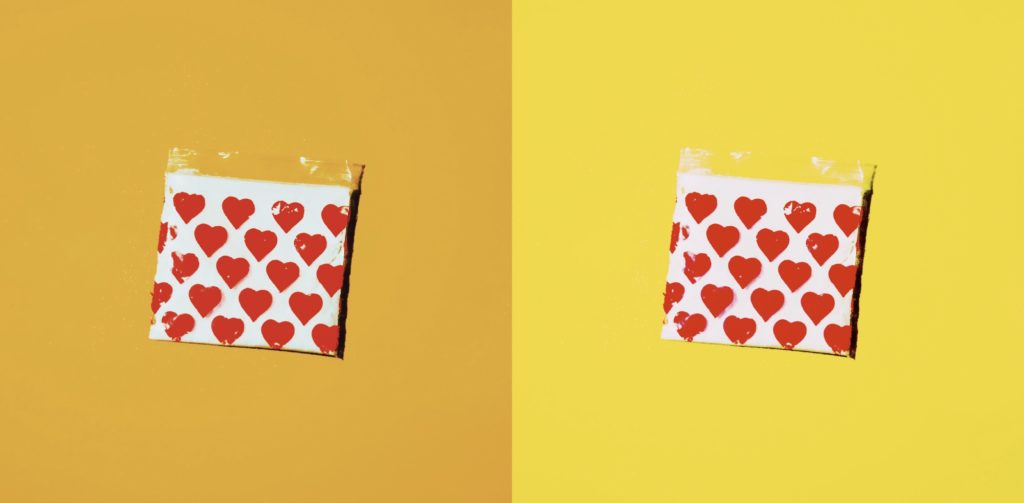From Bushwick warehouses to the vet’s office: What is Ketamine?

Ketamine, also known as Special K, is used in a variety of ways, including as an animal tranquilizer, antidepressant and recreational drug. Image by Via Wohl
Ketamine isn’t exactly a celebrity of the narcotic world.
It doesn’t have the widespread acceptance of marijuana, the pop culture cachet of cocaine or the terror-inducing headlines of the opioid epidemic.
It’s a familiar sight, however, at warehouse parties in Bushwick, within the cabinets of veterinarian’s offices and in most hospitals around the world.

Brooklyn Boro
View MoreNew York City’s most populous borough, Brooklyn, is home to nearly 2.6 million residents. If Brooklyn were an independent city it would be the fourth largest city in the United States. While Brooklyn has become the epitome of ‘cool and hip’ in recent years, for those that were born here, raised families here and improved communities over the years, Brooklyn has never been ‘uncool’.